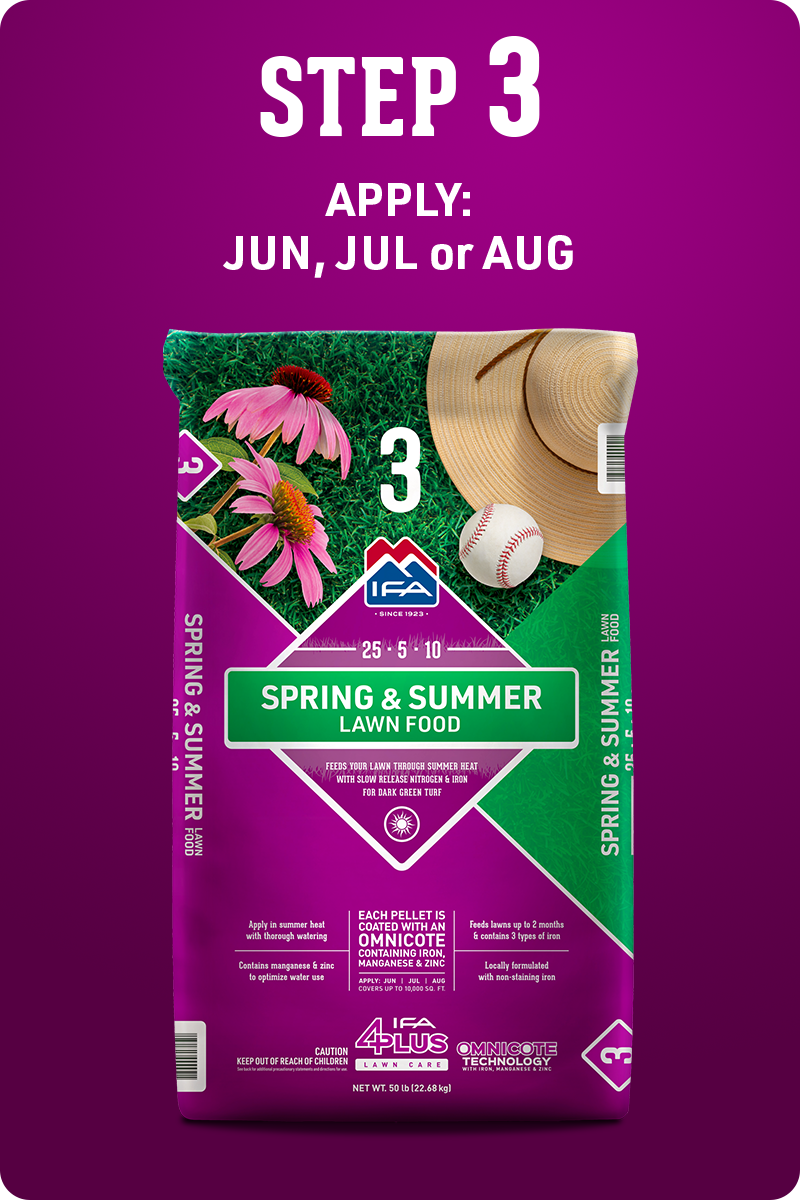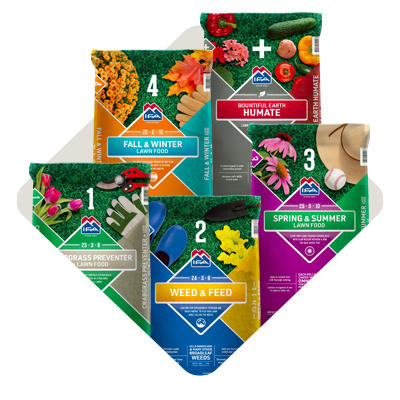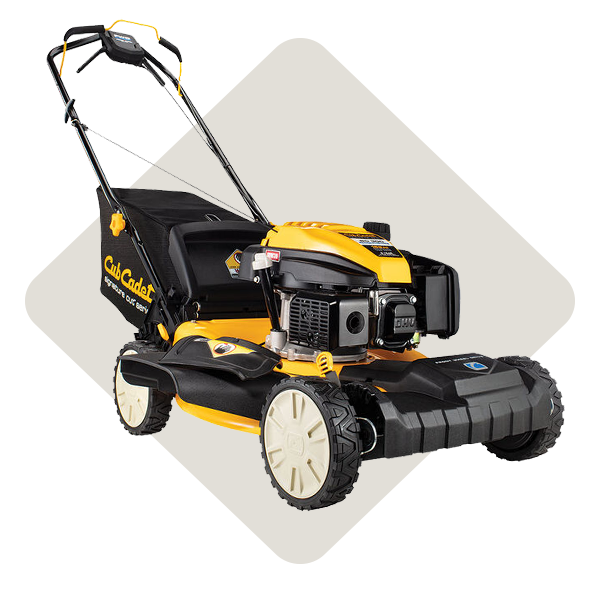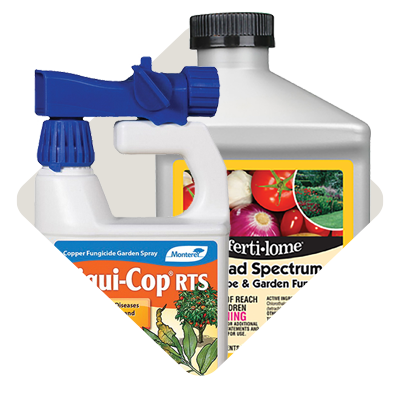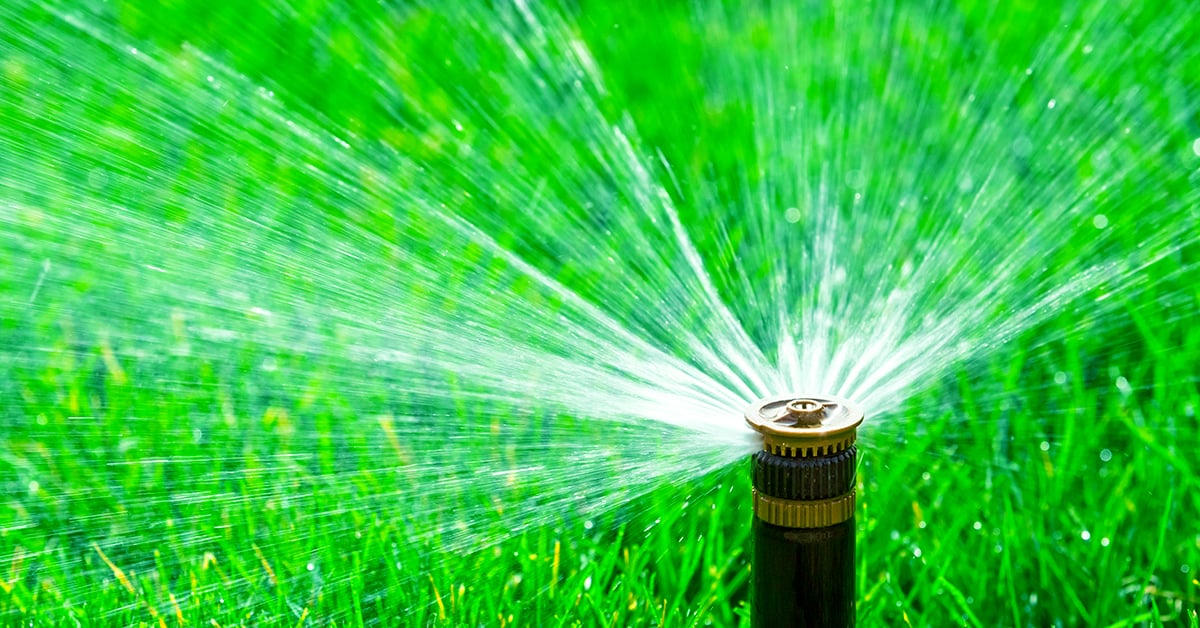
For many of us, a healthy lawn is where we make some of our favorite summer memories. It’s a comfortable place to sunbathe, the perfect complement to a barbecue, and the best spot for a day playing yard games with family and friends.
So, what does it take to grow the lush lawn we all dream of having? It starts with consistent, deep lawn watering. A reliable watering schedule will give your grass enough water to stay hydrated for days at a time, prevent lawn diseases, and lessen the chances of damage caused by insects.
Here in Utah and the broader Intermountain West, we have very heat-sensitive turf varieties like bluegrass, ryegrass and tall fescue grasses. Paired with a hot, semi-arid climate and unpredictable rain, you can see why our lawns need proper watering to grow healthy.
Frequency and duration are fundamental to efficient watering, but there are few other details to keep in mind. First, let’s look at how long you should be watering your lawn.

How Long to Water Grass?
Measure Water In Inches, Not Time
The amount of water your lawn needs depends on its size, turf species, soil type and climate. Generally, grass needs one to two inches of water per week. However, the rate of water precipitation varies dramatically depending on the type of sprinkler system, and the rate of water absorption heavily depends on the type of soil.
If you’re not sure how much time it takes for your sprinklers to spray an inch of water, you’re not alone.
A fixed spray head nozzle might take ~30 minutes to apply 1 inch of water, whereas a rotary nozzle could take 3x as long to apply the same amount. But this still depends on numerous variables such as local water pressure, age of the sprinkler system, condition of the system, etc.
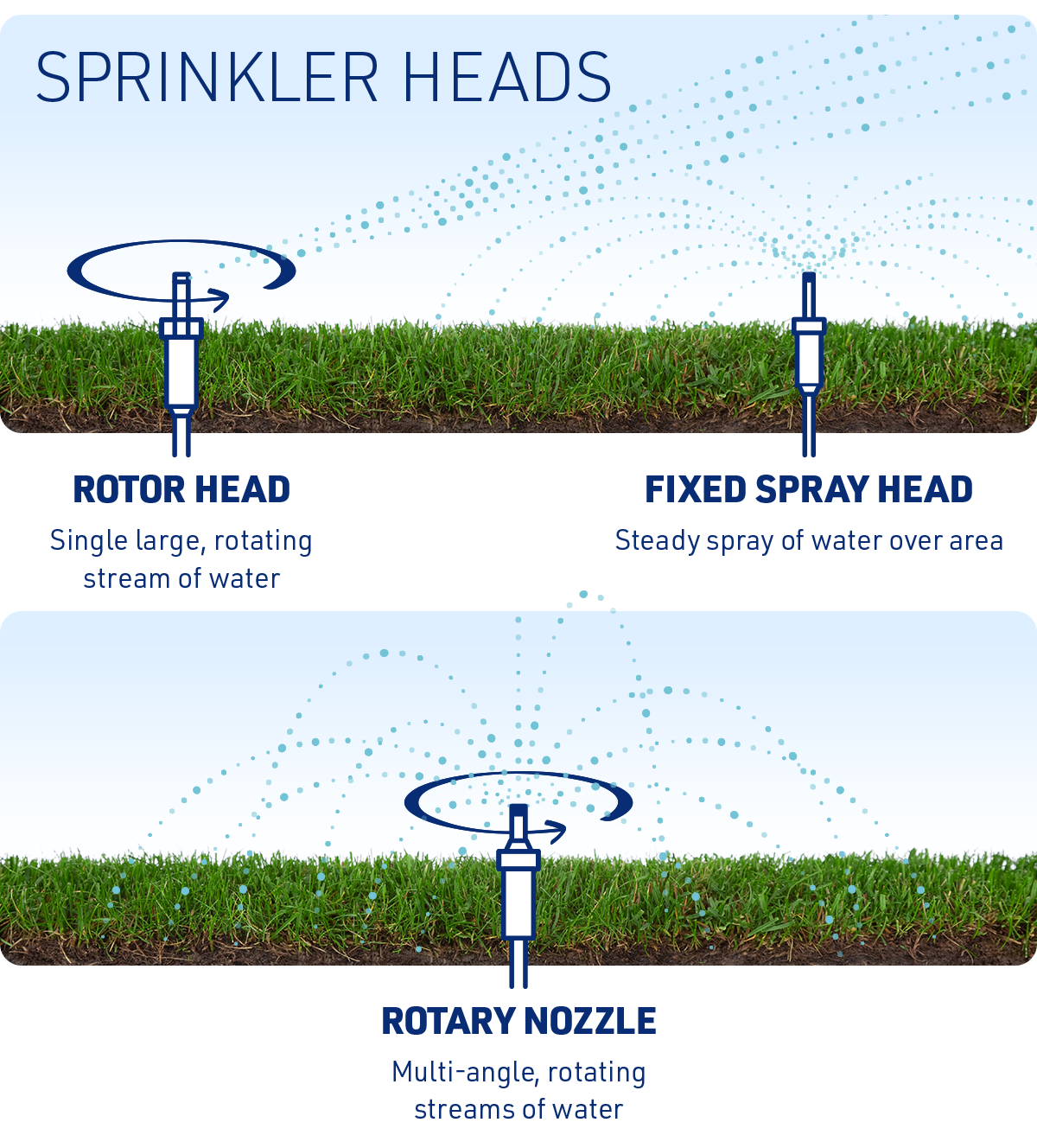
Fixed Spray Head
Small heads that “spray” water in a continuous fan-shaped pattern. Typically these heads disperse more water in a shorter period of time than other sprinkler systems.
Optimal operating pressure: 30 psi
Average precipitation rate: 1.5–2 inches/hour
Rotor Head
Typically used for larger landscape areas, these heads expel a large stream of water in a single direction as they rotate side to side.
Optimal operating pressure: 45–50 psi
Average precipitation rate: 0.5–1 inch/hour
Rotary Nozzle
Also known as High-Efficiency Nozzles. Apply water in rotating streams. Water is applied more slowly than fixed spray heads, which reduces runoff but increases the watering time.
Optimal operating pressure: 40–45 psi
Average precipitation rate: 0.5–0.6 inches/hour
How To Test Your Sprinklers
If certain zones of your lawn don't seem to be getting as much water as others, you can quickly test to see which sprinklers apply more water.
Spread 3 to 4 small containers (like a rain gauge or tuna can) on the lawn in the same zone and run your sprinklers for 15 minutes, then measure the amount of water in each container.
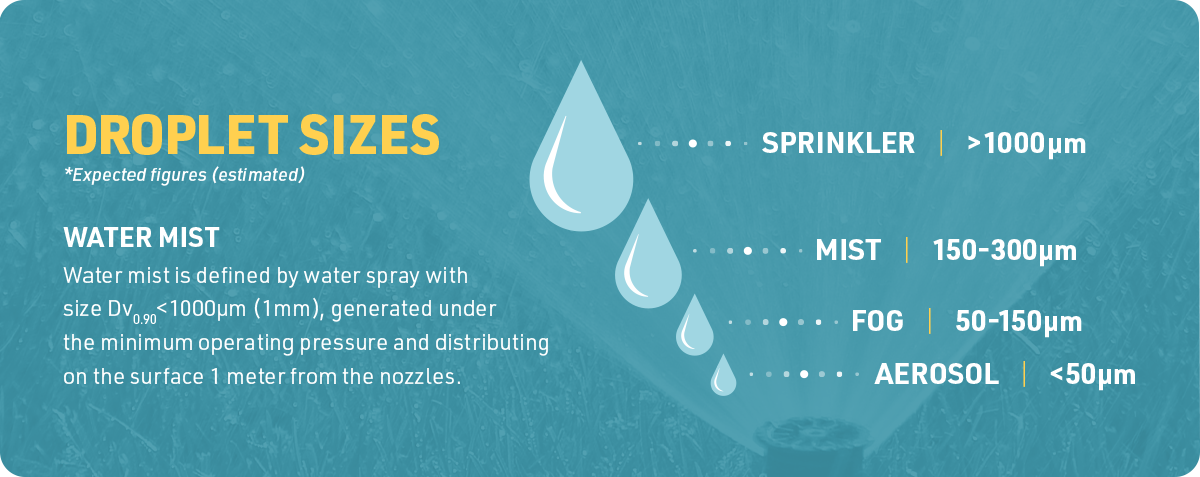
If all your containers have about the same amount of water, then all you need to do is some simple math to figure out how long and how often you need to water. However, if your contains have different water levels, you need to adjust the sprinklers for more even distribution and then run this test again.
Please keep in mind, the intermountain west is an arid climate where water is precious. These recommendations are based on an average year with average precipitation. In times of drought, make sure you follow local and/or state guidelines for water conservation.
When Is the Best Time To Water Your Lawn?
The best time of day to water your lawn is early in the morning, as the sun is rising. Grass soaks up the most water early in the morning before the soil has baked under the heat of the sun.
Waiting until the heat of the day (between 10 am and 6 pm) will cause much of the water to evaporate. By watering at night, your grass will stay wetter, longer, increasing the likeliness of lawn disease. Consistent, deep watering as the sun is rising is the best option for your lawn.

Also, keep an eye on your local forecast. Turn your sprinklers off when it is going to rain and avoid watering when winds are high.
Some sprinkler control systems monitor local weather for you and then adjust your watering schedule automatically based on real-time conditions. In Utah, you can receive a rebate of up to $75 when you install an eligible WaterSense smart controller.
Find more details on how you can save water and money with a WaterSense smart sprinkler controller
Properly adjust your sprinklers so they're only watering the lawn and not the driveway or the sidewalk. A little maintenance and extra care can go a long way in water usage.
Watering During the Summer Months
Depending on where you live, you may not need to water your lawn during the spring. The soil beneath the grass is often saturated with water from snowmelt, and spring rain will provide even more water.
However, as temperatures rise in May and June, you should slowly start watering your lawn more thoroughly and more frequently.
Start with watering once a week for about twenty minutes at a time, applying roughly half an inch of water to the grass. As temperatures exceed 80 degrees, you may need to start watering every three days for thirty to forty minutes at a time, or one to two inches of water each time.
The most common turf species in Utah and the broader Intermountain West is Kentucky Bluegrass, which needs about two inches of water per week in the summer.
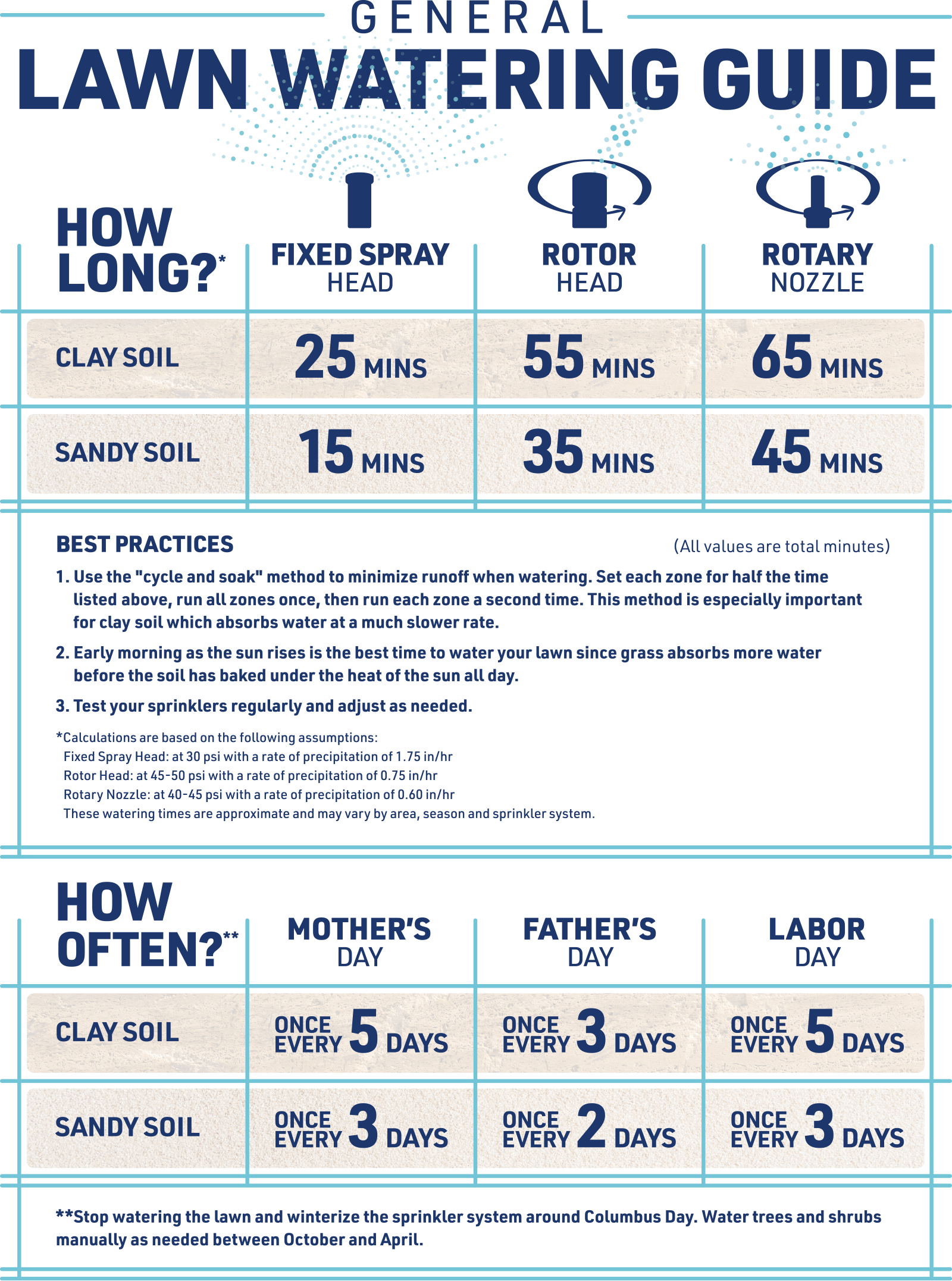
Download this General Lawn Watering Guide
Consider Your Soil Type
If you’re watering your lawn every three days for 30 minutes at a time (applying roughly one inch of water) and still not seeing results, the lawn’s soil may be to blame.
Lawns with coarse, sandy soil have large air spaces that let water pass quickly and should be watered more frequently for shorter durations. Heavier clay soils have smaller spaces that absorb and hold water longer and need less frequent deep watering.
To help support troubled turf, apply IFA Humate twice a year. The organic materials in this soil-activating treatment significantly increase the water-retention capacity of both sandy and clay soil, while also improving fertilizer efficiency.
Learn how the 3 key components in Humate improve the health of any plant!
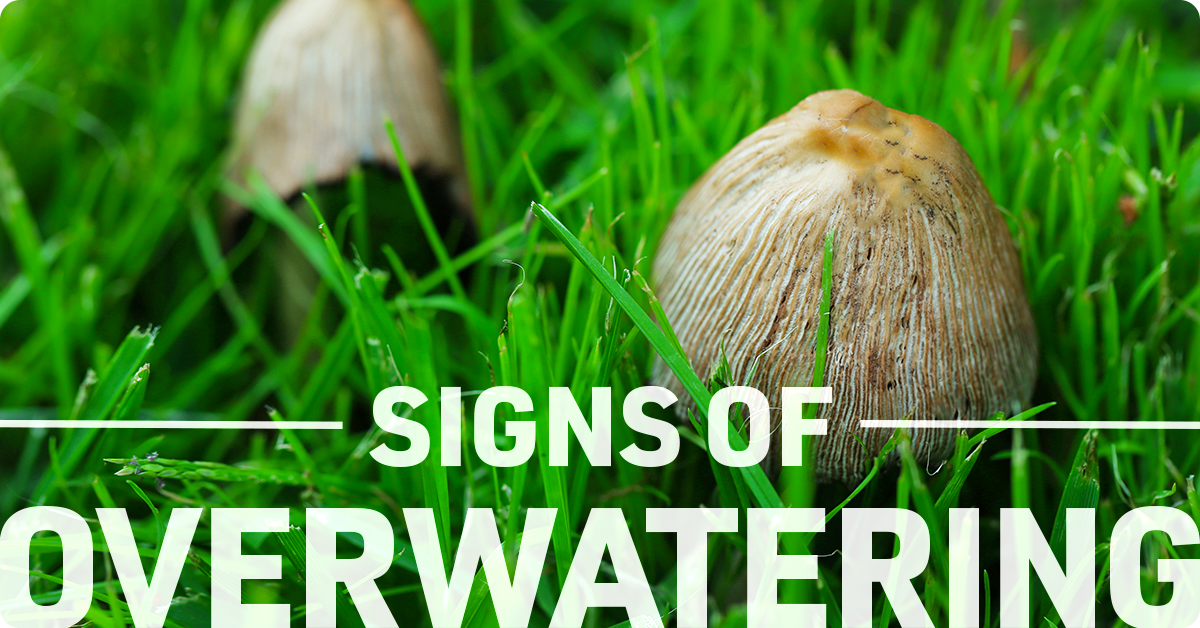
6 Signs of Overwatering
Along with being soggy and unpleasant, overwatering your lawn can be just as harmful as underwatering. Too much water can cause the grass to develop diseases, attract insects and welcome fungi.
Look for these signs to determine if your grass is getting too much water:
1. Weed Growth
Crabgrass and other weeds absolutely love overly wet areas. If weeds are overgrowing, overwatering may be the reason.
2. Thatch
Too much water will cause roots to stay at the soil's surface—instead of growing deeper—resulting in a partially decomposed layer of roots and stems called thatch.
3. Insects
Thatch is a perfect home for insects, some of which may cause further lawn damage.
4. Fungus
Fungi thrive in moist environments. If you notice mushrooms or other fungi growing in your lawn, reduce watering.
5. Discoloration
Overwatering your lawn can cause the excess water to leach nutrients from the soil, causing grass blades to turn a yellow or light-green color.
6. Runoff
Once the soil is saturated with water, excess water may start to run off the lawn. Keep an eye on your irrigation system, and adjust accordingly.

3 Signs of Underwatering
More often than not, it’s easy to tell if the grass isn't getting enough water. Dry, brittle and greyish grass blades are a good sign your lawn is not getting the amount of water it needs to stay hydrated between each watering.
During drought or severe heat, you can prevent some signs of underwatering by applying Revive Soil Treatment which will help your lawn retain water longer to make the most of each watering.
Learn how Revive organic-based soil treatment can help your lawn this summer
If your lawn still seems to need more water, look for these other signs of underwatering:
1. Dry Soil
For a lawn to stay hydrated, its soil must be able to retain water between each watering. If the soil is dry, apply less water but more frequently.
2. Dry Grass
As a result of dry soil, dry grass will grow significantly slower. If you're unable to see areas of dry grass, walk gently across your lawn barefoot to find places that may need more water.
If you don’t think watering is the problem, grub worms might be responsible for brown, dead grass
3. Ascochyta Leaf Blight
This heat and stress fungus usually appears as long, uniform stretches of yellow or brittle grass. To see if the lawn is affected by this fungus, you'll need to look at individual grass blades. The top portion of the blade will be withered, while the bottom of the blade will look green and healthy if the fungus is present.
To see if your lawn’s soil is retaining water, stick the head of a screwdriver into the lawn. If it takes a lot of effort to push through the lawn, the soil and lawn are likely too dry. Or, simply walk across your lawn a few minutes after watering. If you leave footprints, the grass is still dry and needs more water.
Develop a Better Lawn Watering Schedule
The best way to grow a healthy lawn is simply to stay interested and involved.
Monthly System Checks
Check your irrigation system each month and see that all sprinkler heads are working correctly and pointed in the right direction. Collect water in a few tuna cans to see if all zones of your lawn are getting equal water. Doing so will help you understand your lawn’s needs throughout the seasons.

Install Drip Lines and Rain Gauge
To ensure your entire yard is getting enough water, install drip irrigation lines for trees, shrubs and gardens, and install a rain gauge. Drip irrigation is a great way to ensure smaller plants still receive deep watering without the risk of being overwatered by a sprinkler. Likewise, a rain gauge will tell how much water the yard is receiving from rain and may even help you save on your water bill!
By spending some time adjusting your watering habits this year, you can grow the gorgeous lawn you've always wanted.
Remember to apply IFA 4Plus Lawn Fertilizer to give your grass the nutrients it needs and to mow regularly enough to keep grass blades at roughly three inches in length. As always, stop by your local IFA Country Store for more tips on how to grow a healthy lawn or to get help dealing with a troublesome lawn issue.
Let Us Help
The health and beauty of your lawn is just as important to us as it is to you. Just grab any IFA team member the next time you’re walking down the fertilizer aisle at your local IFA Country Store and we’ll be happy to help in any way we can.
Find more summer lawn tips, read "How to Keep Grass Green During Drought"
Information for this article was provided by Aaron Jaussi, Branch Manager, Provo IFA Country Store; Tina Potter, Utah Certified Nurseryman, Washington State Certified Nursery Professional (Lifetime), & Lawn & Garden Dept., Ogden IFA Country Store; and Ken Holt, Lawn & Garden Category Manager, IFA Country Store


